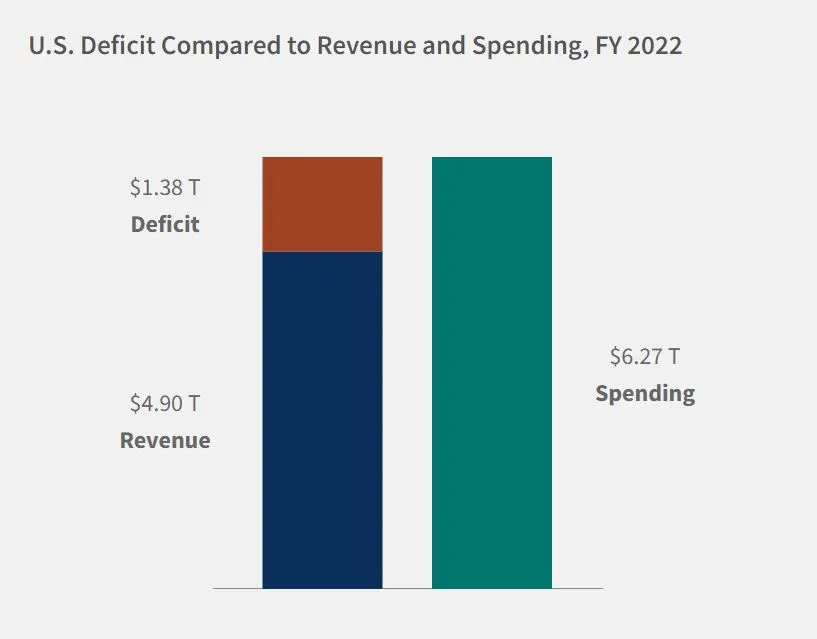Bitcoin and Ethereum differ fundamentally
The way the networks are secured differs
Its POW vs POS
Let's analyze this through a corporate analogy
#pow #btc #pos #eth
The way the networks are secured differs
Its POW vs POS
Let's analyze this through a corporate analogy
#pow #btc #pos #eth

PoW Issuance
Issuance can be thought of as similar to a company paying their employees in stock-based compensation (SBC).
This does two things:
Issuance can be thought of as similar to a company paying their employees in stock-based compensation (SBC).
This does two things:
1. Dilutes all shareholders
Means each shareholder's percentage of ownership in the company is reduced, resulting in a decrease in the value of their equity stake
2.Lowers profitability
It represents a transfer of value from existing shareholders to employees.
Means each shareholder's percentage of ownership in the company is reduced, resulting in a decrease in the value of their equity stake
2.Lowers profitability
It represents a transfer of value from existing shareholders to employees.
In case of Bitcoin which is PoW
SBC will stop by 2140 (issuance will reduce to zero)
Also,
Every four years, you’re allowed to give out half as many shares as the year prior.
SBC will stop by 2140 (issuance will reduce to zero)
Also,
Every four years, you’re allowed to give out half as many shares as the year prior.
It’s been working so far:
Stock price (BTC) goes up →
Able to pay more for better employees even with less shares (sustain and increase miners) →
Stock goes up more, because now they have even better employees (more secure network)→ …
Stock price (BTC) goes up →
Able to pay more for better employees even with less shares (sustain and increase miners) →
Stock goes up more, because now they have even better employees (more secure network)→ …
PoS Issuance
This company issues new shares too, but only to existing shareholders.
Every shareholder has an equal right to receive them. All you have to do is show up to vote at shareholder meetings (they have to stake their ETH)
This company issues new shares too, but only to existing shareholders.
Every shareholder has an equal right to receive them. All you have to do is show up to vote at shareholder meetings (they have to stake their ETH)
This issuance:
1. Does not change the company’s revenue and earnings
Changes only in ownership or capital structure (holders to stakers)
2. Lower EPS because you dilute shareholders
Each shareholder's share of future profits will be lower due to the dilution caused
1. Does not change the company’s revenue and earnings
Changes only in ownership or capital structure (holders to stakers)
2. Lower EPS because you dilute shareholders
Each shareholder's share of future profits will be lower due to the dilution caused
What happens when the chains increase inflation through issuance?
Case of POS chain
Inflation dilutes holders share of the network so they are now incentivized to either sell the token or stake it.
Case of POS chain
Inflation dilutes holders share of the network so they are now incentivized to either sell the token or stake it.
If 100% of the token is staked,
The inflation does not matter because everyone ends up exactly with same network ownership and rights to cash flows
The inflation does not matter because everyone ends up exactly with same network ownership and rights to cash flows
To sum it up, in POS
Increasing inflation - Directionally benefits stakers by “taxing” holders more
Decreasing inflation - Directionally benefits holders by “taxing” holders less
Increasing inflation - Directionally benefits stakers by “taxing” holders more
Decreasing inflation - Directionally benefits holders by “taxing” holders less
Case of POW chain
If there is increase in issuance, all token holders are diluted because they have no rights to receive the issuance.
If there is increase in issuance, all token holders are diluted because they have no rights to receive the issuance.
The issuance goes to the miners whose claim on the network increases current token-holders own half the network, and miners own the other half
The miners get that network fees or money - holders have no rights to any cash flows
The miners get that network fees or money - holders have no rights to any cash flows
To sum it up,
Miners may be incentivized to continue to demand higher incomes in the future and be pro-issuance.
On the other hand,
Token holders may be incentivized to sell their tokens as they are losing their claim or access to future cash flows
Miners may be incentivized to continue to demand higher incomes in the future and be pro-issuance.
On the other hand,
Token holders may be incentivized to sell their tokens as they are losing their claim or access to future cash flows
If you liked this thread, you would love my newsletter where I share:
1. Weekly updates
2. Thoughts/Research on one topic for everyone to learn
Subscribe now:
cryptobeans.beehiiv.com
1. Weekly updates
2. Thoughts/Research on one topic for everyone to learn
Subscribe now:
cryptobeans.beehiiv.com
• • •
Missing some Tweet in this thread? You can try to
force a refresh

 Read on Twitter
Read on Twitter









